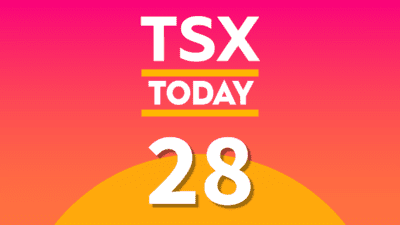Bitcoin (CRYPTO:BTC) is in the midst of a massive bear market. Down 71.3% from its all-time high, the world’s largest cryptocurrency is taking one of its biggest beatings ever. In terms of raw dollars, this is the most costly Bitcoin bear market ever. In percentage terms, it’s just a little bit behind the 2018 bear market in which BTC fell 80%.
On that note…
The current bear market shares an interesting similarity with that of 2018: it coincides with interest rate hikes by central banks. In 2018, the Federal Reserved increased interest rates every single quarter. This year, they are doing the same, only now the rate hikes are much larger. It certainly looks like Bitcoin and interest rates move in opposite directions.
In this article, I will make the case that Bitcoin traders should be wary, as there are likely many more interest rate hikes to come.
High interest rates make risky assets undesirable
In the preceding paragraphs, I established that there was a negative correlation between Bitcoin and interest rates in 2018 and in 2022. Correlation means the tendency of two things to move together; positive correlation means they move in the same direction, negative means they move in opposite directions. It’s pretty clear now that Bitcoin and interest rates are negatively correlated. The question is, why?
To answer that question, we need to know what exactly interest rate hikes do.
Central banks raise interest rates mainly by changing the rate they offer to banks and by selling treasuries. Treasuries are a kind of government bond. Central bank selling increases the supply of treasuries on the market, which sends their yield higher. As a result, treasuries and treasury-related fixed incomes pay out more money. This is all theoretically “risk free,” so it causes people to put more of their money into these safe assets and less into risky assets like crypto.
Cash becoming more desirable
It’s not just treasuries that become more desirable when interest rates rise; cash does, too. Or more specifically, cash held in savings accounts does. When central banks offer commercial banks higher interest rates on banks’ cash reserves, those banks can, in turn, pass on higher interest rates to their customers. So, when interest rates rise, savings accounts become desirable.
As of today, savings accounts in Canada still yield next to nothing. However, there are similar products available that have fairly high yields. For example, Equitable Bank is currently offering a 4.5% yield on a one-year GIC (a GIC is a short-term bond offered by banks). If the Bank of Canada gets inflation down to its 2% target in the months ahead, then that 4.5% yield will look increasingly desirable to investors, who may be able to get a positive real return risk free. When real returns are available risk free, why invest in an extremely risky asset like Bitcoin?
Foolish takeaway
2022 has been a tough year for Bitcoin, and it could grow tougher still. The higher interest rates go, the less desirable cryptocurrency becomes, and the world’s central banks are still signaling higher interest rates. Bitcoin traders, therefore, would do well to be cautious. More turbulence is likely to come.






